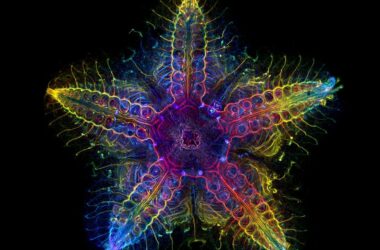A crimson fox about to dive into the snow to catch prey
Maxime Riendeau/Getty Photographs
Some foxes can dive headfirst into snow with out hurt, and now we all know how their cranium form is tailored for this method.
In chilly climates, the place small rodents stay deep beneath the snow, crimson foxes (Vulpes vulpes) and Arctic foxes (Vulpes lagopus) have a specialised looking approach often known as mousing. They use their robust sense of listening to to pinpoint the situation of prey, leap into the air after which dive face-first into massive piles of snow at speeds of as much as 4 metres per second to catch them without warning.
“It’s a really fascinating and distinctive behaviour,” says Sunghwan Jung at Cornell College in New York. “Not all foxes do it both.”
To be taught extra about why crimson and Arctic foxes are so adept at snow-diving, Jung and his colleagues scanned the skulls of 13 fox species in addition to these of different mammals, reminiscent of lynx and pumas, from museum collections.
Their evaluation discovered that felines tended to have wider and shorter snouts in contrast with foxes. This offers them a stronger chew, says Jung, which is extra helpful for cats as they’re often solitary hunters.
In the meantime, foxes, which hunt in packs, had for much longer, pointier skulls. This results in a weaker chew. Crimson and Arctic foxes share a equally slender muzzle that’s barely extra elongated than these of different foxes.
The group dropped 3D-printed fashions of a daily Arctic fox cranium and a flattened model of the cranium into snow from a peak of fifty centimetres.
“What we discovered was that the sharper snout reduces the impression, by compressing the snow much less,” says Jung. This reduces the danger of damage. The lengthier, pointier snout gently pushes the snow to the facet, nearly like a fluid, he says. “This type of elongated form helps foxes dive into snow safely, to allow them to deal with looking.”
Subjects:












